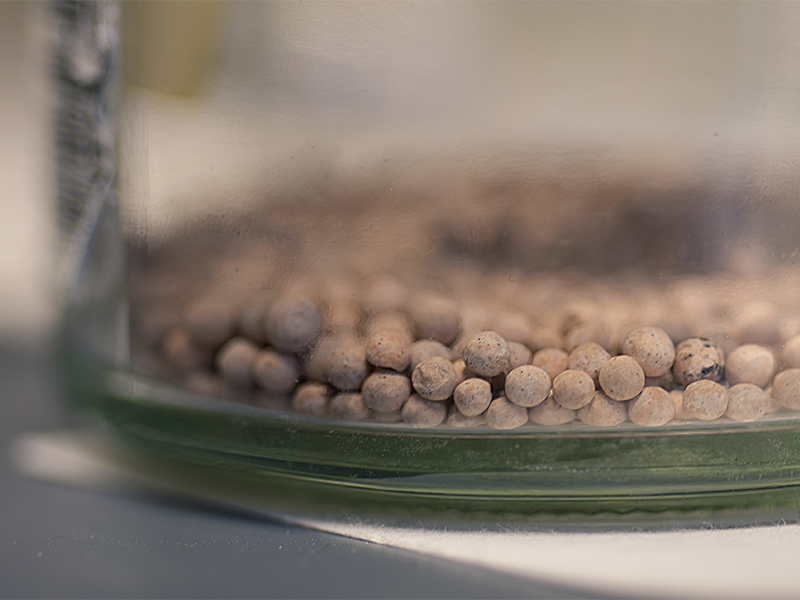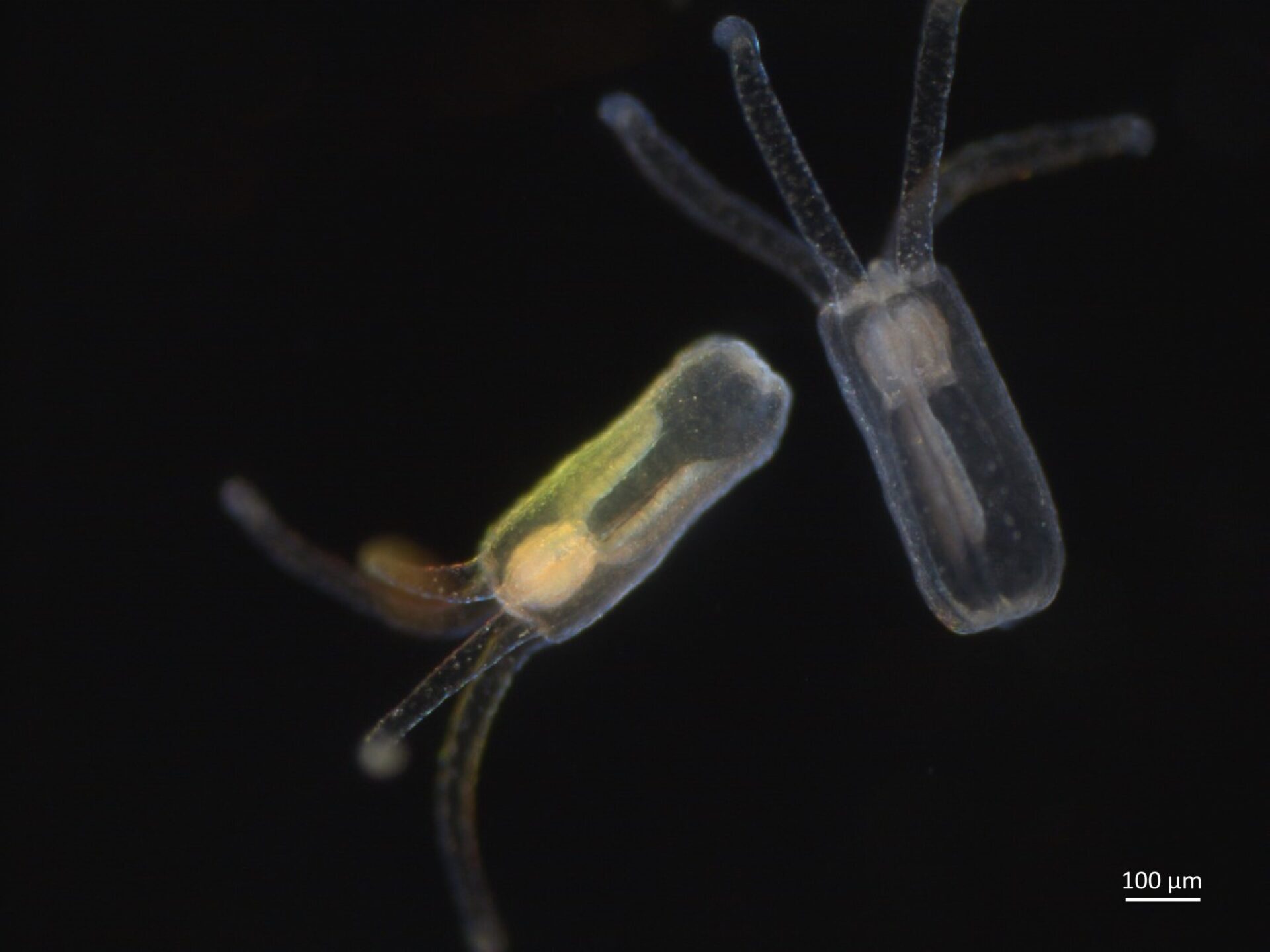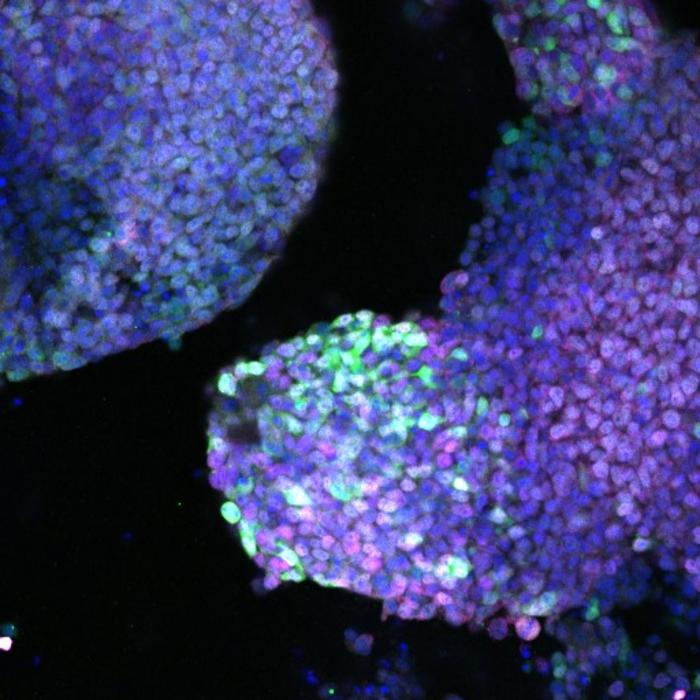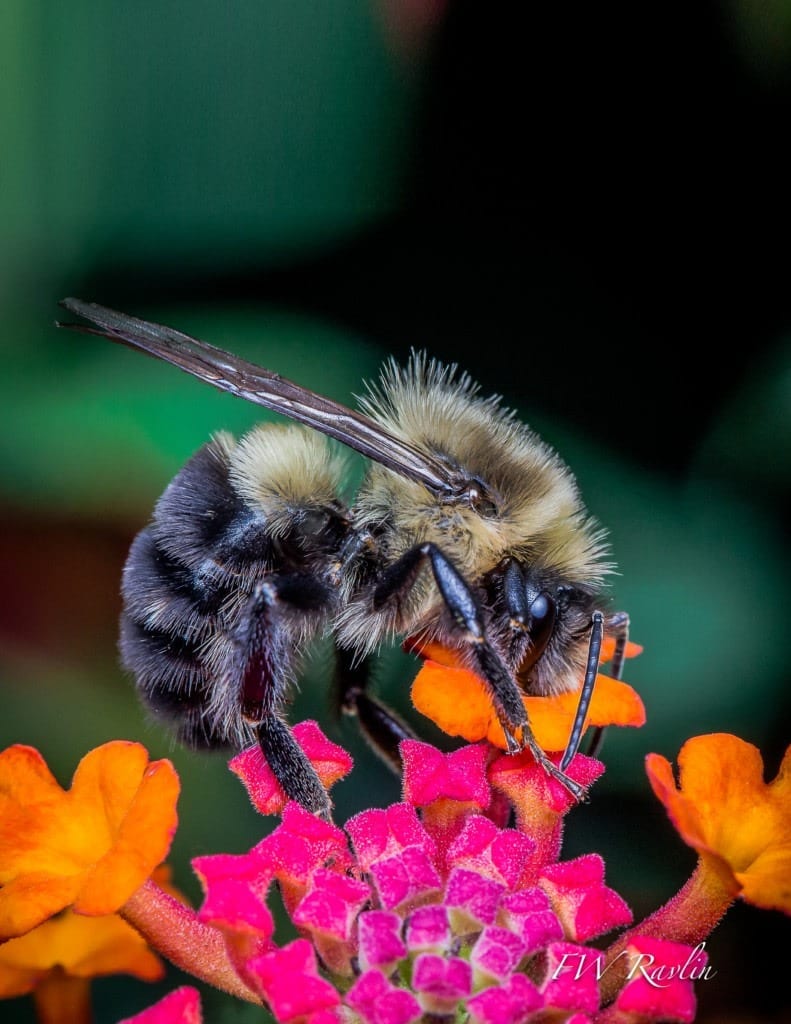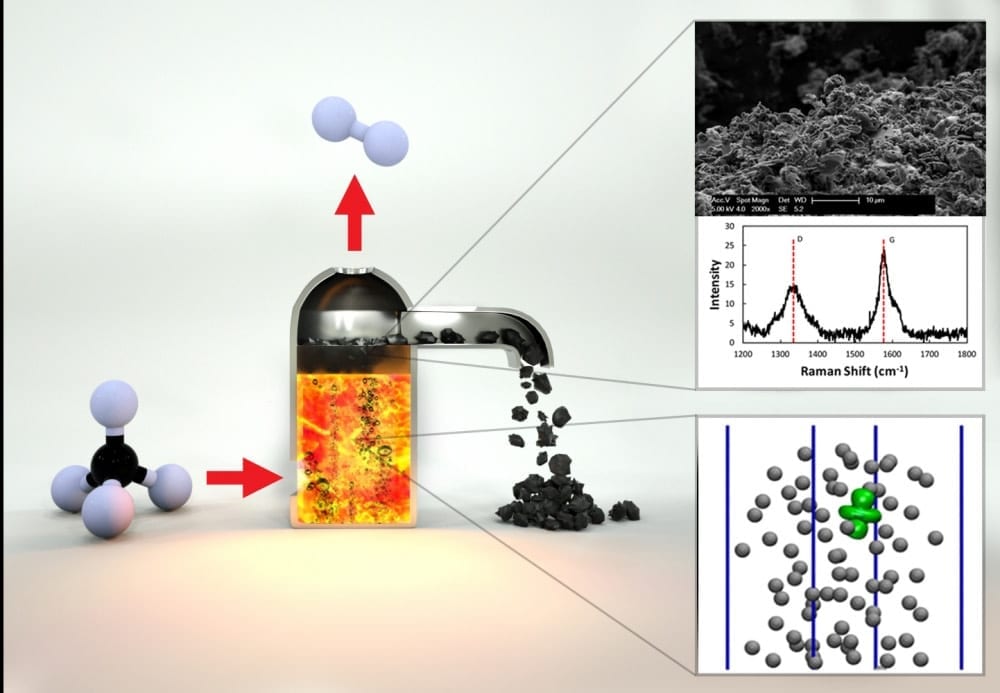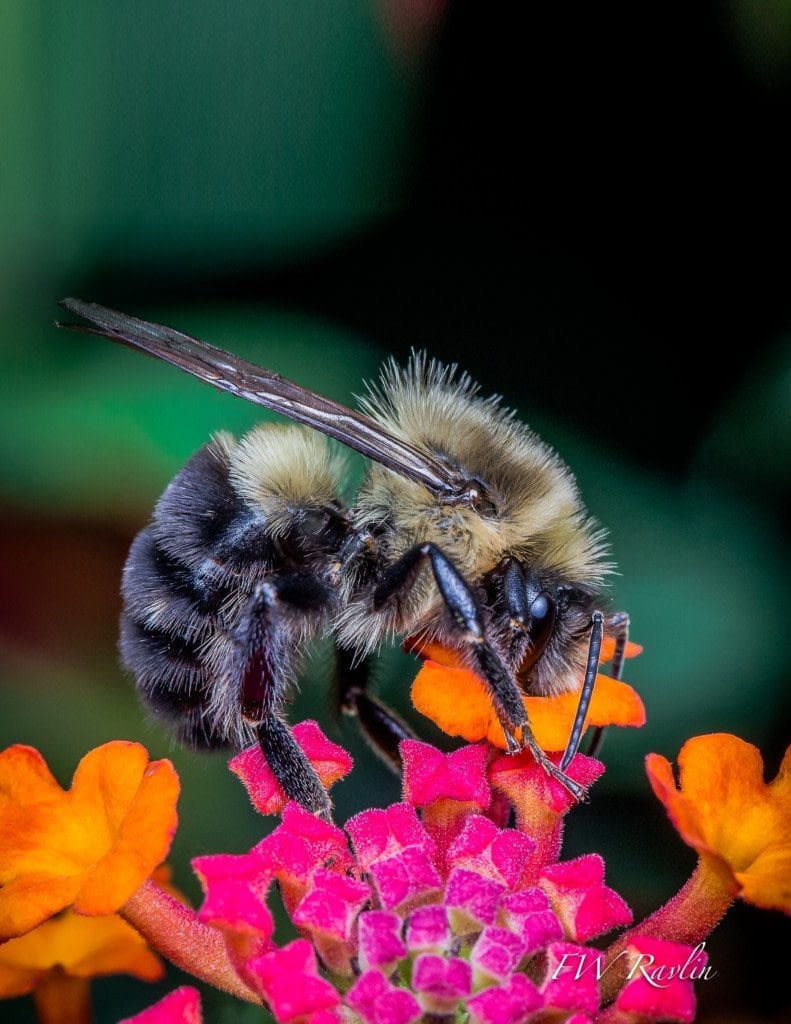
Pyrethroid pesticides are effective. Sometimes too effective.
Researchers at Michigan State University’s entomology department have unlocked a key to maintain the insecticide’s effectiveness in eliminating pests without killing beneficial bugs, such as bees. The study, featured in the current issue of Proceedings of the National Academy of Sciences, shows that molecular tweaks can make the difference.
Pyrethroids target the voltage-gated sodium channel, a protein found in nerve and muscle cells used for rapid electrical signaling. Pyrethroids basically work by binding to the voltage gate of the sodium channel and prevent it from closing. The nervous system becomes over-stimulated and the insect is killed. These pesticides, however, don’t have the same effect on humans, or other mammals for that matter.
Ke Dong, MSU insect toxicologist and neurobiologist and co-author of the paper, honed in on a single protein that could afford bumble bees the same resistance as humans – tau-fluvalinate, a pyrethroid insecticide. Dong worked with Shaoying Wu, lead author from Henan Agricultural University (China), who conducted the research in Dong’s lab as a visiting scholar.
“For the first time we are showing that unique structural features in bee sodium channels interfere with the binding of tau-fluvalinate to bumble bee sodium channels,” Dong said. “This opens the possibility of designing new chemicals that target sodium channels of pests but spare bees.”
Sodium channels are large transmembrane proteins of more than 2,000 amino acid residues. Dong’s lab spent many years unraveling this groundbreaking advance. The scientists initially started with sodium channels from other bugs, such as mosquitoes, fruit flies, cockroaches, mites and ticks, to find where pyrethroids bind on insect sodium channels to effectively kill them. They got some help from nature.
“By examining wild mosquitoes that have become resistant to pyrethroids, we were able to help narrow down the potential sites on which to focus,” Dong said.
Specifically, in a previous study, Dong and the team identified mutations that made the channels more resistant to pyrethroids. Working with Boris Zhorov, a computer modeling expert from McMaster University in Canada, they identified two distinct pyrethroid binding sites on insect sodium channels. They also uncovered the molecular differences between mammals’ and insects’ differing reactions to pyrethroids.
For the current study, the team focused on a longstanding enigma that bumble bees and honey bees are highly sensitive to most pyrethroids, but they were resistant to tau-fluvalinate. Currently, tau-fluvalinate is widely used to control agricultural pests and also varroa mites, which are one of the biggest threats to bees worldwide.
Eventually, the team discovered that the channel is resistant to tau-fluvalinate but sensitive to other pyrethroids. Further mutational analysis and computer modeling revealed that specific amino acid residues in bumble bee sodium channels are responsible for the selective toxicity.
Future research will examine sodium channels from various pest and beneficial insects to explore the features of pyrethroid binding sites, which could lay the groundwork for designing new and selective pesticides. It also will shed light on how pests develop resistance to insecticides over time and how beneficial insects respond to them in the field.
Learn more: REFINING PESTICIDES TO KILL PESTS, NOT BEES
Check this out if you are interested in beekeeping: Flowers Across Sydney
The Latest on: Pesticides
[google_news title=”” keyword=”pesticides” num_posts=”10″ blurb_length=”0″ show_thumb=”left”]
via Google News
The Latest on: Pesticides
- Drs. Deborah Hirtz, Barbara Frankowski and James Metz: Vermont should protect children from toxic pesticideson April 30, 2024 at 8:01 am
Failure to put in place common sense steps to limit the neonicotinoid pollution that threatens our children is simply inexcusable.
- PMFAI Support Govt’s Demand to WTO for Formulation of Guidelines to Determine Default MRLs of Pesticideson April 30, 2024 at 5:47 am
PMFAI urges the WTO to frame uniform guidelines for determining MRLs applicable to all member countries, promoting fair and science-based trade practices globally.
- Meta-Analysis Catalogues Pesticides’ Adverse Impact on How Genes Functionon April 29, 2024 at 9:01 pm
Researchers found a relationship between epigenetic changes and pesticide exposure in a systematic review and meta-analysis of existing literature.
- HDOA to collect unwanted pesticides on Molokaion April 29, 2024 at 9:28 am
The Pesticides Branch of the Hawai‘i Department of Agriculture (HDOA) is extending its free pesticide disposal program to the island of Moloka‘i in June. Moloka‘i farmers and other commercial users of ...
- CONSUMER REPORTS INVESTIGATION: Produce without pesticideson April 29, 2024 at 5:15 am
A new investigation from Consumer Resorts digs deep into the real dangers of these pesticides in our food and what we can do about them.A healthy diet consists of eating plenty of fruits and ...
- These DIY all natural pesticides will keep bugs out of your houseon April 26, 2024 at 7:49 am
Neem oil, derived from the seed of the Neem tree, is great for stopping ants and many other kinds of pests. Why? Its active component, azadirachtin, affects feeding and breeding of insects.
- More Data Finds Long-Term Exposure to Toxic Pesticides Alters Human Gut Microbiome and Metabolismon April 25, 2024 at 9:01 pm
Researchers build on research when assessing the relationship between long-term exposure to organophosphorus pesticides and the human gut microbiome.
- Does Washing Produce Really Remove Pesticides?on April 24, 2024 at 8:00 am
Here are some practical steps to take if you're worried about harmful chemicals on your fruits and vegetables.
- High risk of pesticides: Blueberries, bell peppers, potatoes, green beans, kale, mustard greens, and watermelonson April 23, 2024 at 4:39 pm
For years, evidence has been building, linking pesticide exposure to increased risks of cancer, diabetes, and cardiovascular disease. The good news is that there’s little to worry about in close to ...
- 'Unhealthy dose' of pesticides found in popular produce, new report revealson April 18, 2024 at 12:26 pm
Consumer Reports published a report on fruits and vegetables that have an unhealthy level of pesticides. About 20% of the fruit and vegetables posed a "significant" risk.
via Bing News

